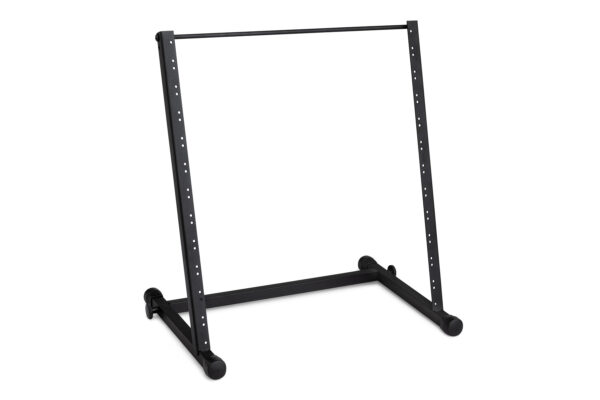Right-angle MIDI Cable
Right-angle 5-pin DIN to Same
This cable is designed to interconnect MIDI devices. Right-angle connectors on both ends allow easy access to MIDI ports with minimal clearance. Features include:
• Nickel-plated plugs for rugged durability and efficient signal transfer
• Oxygen-Free Copper (OFC) conductors for enhanced signal clarity
• OFC spiral shield for effective EMI and RFI rejection and flexibility
Connectors: Right-angle 5-pin DIN to Same
| Model | Length | MSRP |
| MID-303RR | 3 ft | $12.75 |
| MID-305RR | 5 ft | $13.30 |
| MID-310RR | 10 ft | $17.75 |
About MIDI Cables
What is MIDI?
MIDI, which stands for Musical Instrument Digital Interface, isn’t a sound or instrument, it carries digital instructions to recreate the music. For example, if a chord progression is laid down via MIDI, those same chords’ notes, velocity, vibrato, panning, tempo, and pitch can be transmitted to an instrument that has MIDI capabilities. Every time a musician plays a MIDI instrument, the performance is transmitted into MIDI data. That data can then be transferred to a computer and played the same exact way through another MIDI instrument.
MIDI Cable Benefits
MIDI is a universally used and recognized format, making the same MIDI cable functional for uses across all corners of musical equipment. Whether it’s from a guitar amplifier to a channel switcher, or an electric keyboard to an audio interface, the same cable serves both equally. MIDI simplifies commands and is an easy organizational tool for professionals of all types.
What is 5-pin Discrete
Standard MIDI cables are wired with pins 4 and 5 carrying the current, and pin 2 being used for the shielding to ground the cable. This means pins 1 and 3 aren’t needed and thus not wired. With a 5-pin discrete cable, all the pins are wired, allowing for any application that requires pins 1 and 3 to transmit something like power. Hosa MIDI cables are wired 5-pin discrete and can therefore be used for any standard MIDI cable function. Other MIDI cables without all pins wired could not perform the additional functions that require the connection of all five pins.
When to Use a MIDI Interface
When you have multiple MIDI devices, it’s helpful to consider a MIDI interface, which will give you more MIDI ports and added flexibility. If you are looking to connect a single MIDI device to a desktop computer, a MIDI to USB interface, like the Hosa USM-422, is a simple and portable solution.
What to Look For in a Midi Cable
Since MIDI cables don’t transfer audio, more emphasis should be put on the build quality, reliability, warranty, and secure connection. Hosa MIDI cables are built to withstand the damages that come from being plugged and unplugged, tugged, crammed into gig bags and confined spaces, being stepped on, and all manner of occupational hazards. Each comes with a lifetime warranty for replacement should your abuses exceed anything reasonable.
Understanding Midi In/Out/Thru
MIDI In is for the device to receive MIDI data in order to make changes. MIDI Out is for the device to send changes to a receiver. MIDI Thru passes an exact copy of the MIDI information that was received by that device to another receiver. The reason for MIDI Thru is that MIDI Out will usually contain added information from that device. Should you want to send additional unaffected MIDI data to a different receiver, MIDI Thru allows you to simplify complex signal chains.
About Hosa
Since 1984, Hosa has been providing cables and accessories across the audio, music, and video industries. Over that time, Hosa has become a trusted name to consumers and professionals alike, with its dedication to quality, innovation, and unparalleled customer service. Hosa stands behind each cable with a lifetime warranty because these are the tools people rely on to keep their signals strong.









